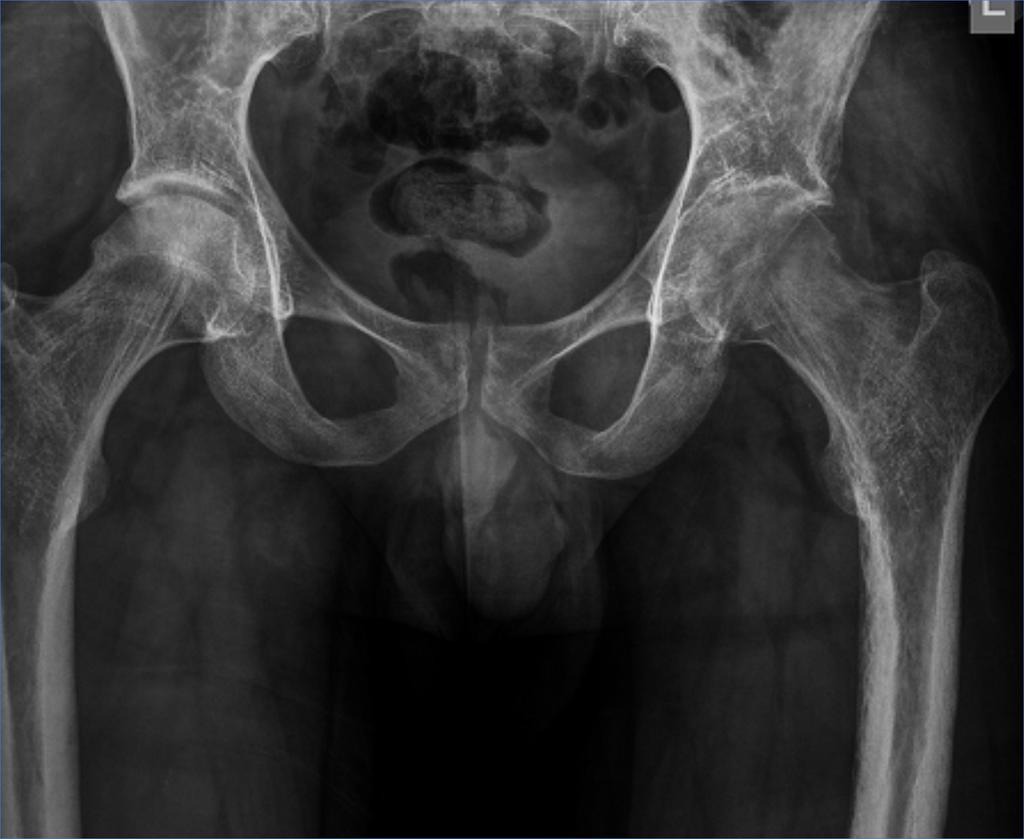An mri scan of a hip affected by transient osteoporosis will usually reveal bone marrow edema.
Transient osteoporosis of the hip mri.
Transient osteoporosis of the hip also known as transient bone marrow edema syndrome of the hip is a self limiting clinical entity of unknown cause although almost certainly a vascular basis and possible overactivity of the sympathetic system exists there is some controversy as to whether transient osteoporosis of the hip represents a very early reversible stage of avascular necrosis.
Because of this mri is one of the most useful studies to help diagnose the condition.
Mri with t1 and t2 weighted sequences in coronal transverse and sagittal sections was performed in 12 patients with retrospectively confirmed to both at the onset of the disease and later as follow up procedure.
Mr images showed decreased signal intensity of bone marrow in the femur on t1 weighted images and increased signal intensity relative to the intensity of normal bone marrow on t2 weighted images.
Toh was first described in 1959 in two women in their 3rd trimesters of pregnancy but now is more commonly seen in middle aged men.
Mri changes in transient osteoporosis of the hip involve the whole femoral head and sometimes extend to the femoral neck and even the trochanteric region with blurred and vague margins.
Transient bone marrow oedema of the hip also referred as transient osteoporosis of the hip is self limited conditions that improves spontaneously over several months.
Transient osteoporosis of the hip may recur in the same joint or the other side.
Three patients with transient osteoporosis of the hip underwent magnetic resonance mr imaging.

